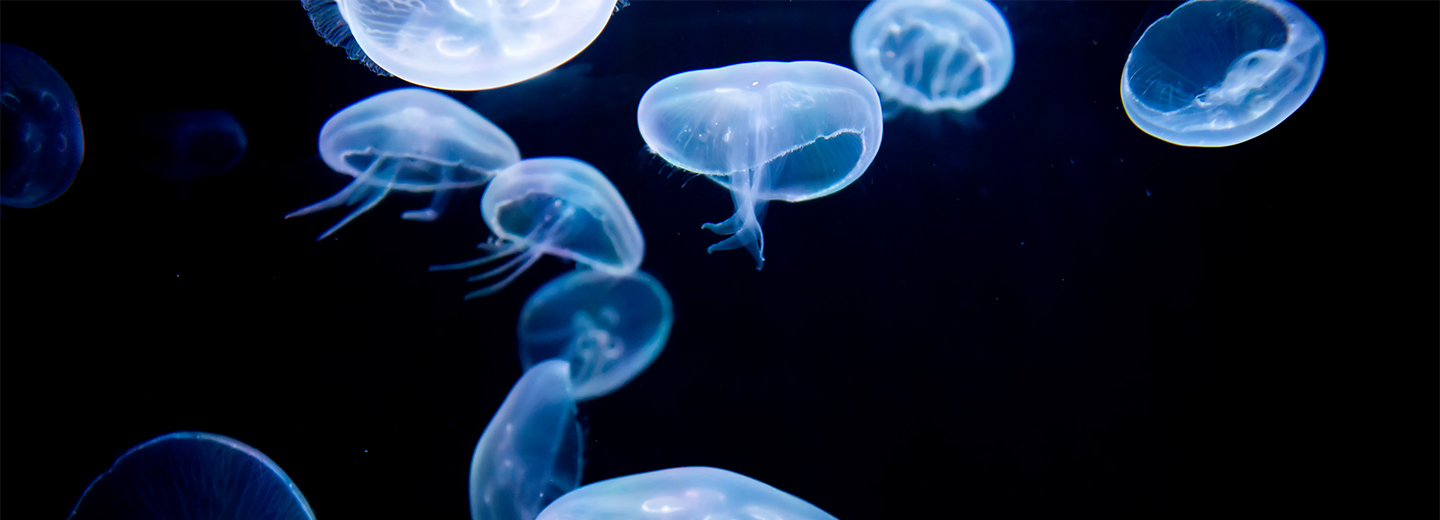
Microplastic to be mapped in the North Atlantic Ocean
Every day, thousands of tons of microplastic are washed from the EU coastline into the North Atlantic Ocean. Researchers now set out to investigate how harmful this is to the North Atlantic animals and environment.
Huge amounts of plastic float around in the worlds’ oceans. There are large visible objects such as bags, bottles and fishing nets, and there are invisible, microscopic plastic fragments that can be found everywhere in the water column. The latter pose a potential threat to marine wildlife and the environment.
- The accumulation of microplastic in smaller marine animals can be a threat to the integrity of the entire marine ecosystem, says Jamileh Javidpour, a marine ecologist at the University of Southern Denmark.
She is part of HOTMIC, a European research project, now joining forces to investigate the fate of microplastic in the North Atlantic Ocean. In Denmark, the project is co-funded by the Innovation Fund with DKK 2,497,500.
Where does the plastic go?
Estimates of plastic input to the ocean indicate that at least 1.71 million tons should reach global ocean gyres annually. Despite these theoretical reflections, it is still not known how much plastic debris floats at the ocean surface, or what mechanisms control plastic transport from land to the open ocean – let alone its fate when it reaches the open sea.
HOTMIC´s mission is to investigate how plastic is transported in for example the water column and in deep sea sediments.
”The accumulation of microplastic in smaller marine animals can be a threat to the integrity of the entire marine ecosystem
The accumulation of microplastic in smaller marine animals can be a threat to the integrity of the entire marine ecosystem.
Jamileh Javidpour, marine ecologist
- Maybe microplastic particles are moved around in the ocean by microorganisms or marine animals; a small animal could ingest the microplastic particles and subsequently dispose of them as fecal pellets that sink into deeper water. Or maybe microorganisms grow on the surface of the microplastic particles, making them heavy and thus decrease their buoyancy, says Javidpour.
Could animals capture microplastic for us?
Previous research done by Jamileh Javidpour and colleagues has shown that gelatinous zooplankton and jellyfish may be able to help capture microplastic particles in the ocean.
- These animals could play a significant role in capturing marine particles including microplastic through the water column. The mucus that jellyfish release during reproduction, defense, or as stress response is highly efficient at trapping micro- and nano-sized particles.
She further comments:
- We lack quantitative and observationally data on the mechanisms involved and their relative contribution to plastic debris loss from ocean surface.
HOTMIC
The title of the project is HOTMIC (Horizontal and vertical oceanic distribution, transport, and impact of microplastics). It is part of the joint-European collaboration The Joint Programming Initiative Healthy and Productive Seas and Oceans (JPI Oceans).
The other partners in the project are: GEOMAR Helmholz Center for Ocean Research Kiel, Germany, Technical University of Munich, Germany, Instituto Portugues do mar e da Atmosfera, Portugal, Marine and Environmental Sciences Center, Portugal, University of Pisa, Italy, Ghent University, Belgium, University of Tartu, Estonia.
Did you know that:
- Every time you apply the brakes in your car, microplastic wears off from your tires and get washed off the road by rain to the sea. Each year, 503,586 tons of microplastic are created, solely from daily use of car tires in the EU.
- Approx. 90% of the plastic washed into the sea, cannot be accounted for. Presumably because it gets broken down into undetectable microparticles.
- Since 1950, the world has produced 8,300 million tons of plastic, of which 4,900 million tons have been thrown out as waste. It is unknown how much ends up in the environment.
- Estimated 5-13 million tons of plastic end up in the oceans every year.
- The North Atlantic Ocean contains estimated 20% of all the plastic in the oceans. Most of it can be found between the Azores and Bermuda.
Facts Source: Investigating options for reducing releases in the aquatic environment of microplastics emitted by (but not intentionally added in) products. Report for DG Environment of the European Commission, 2018.
Meet the researcher
Jamileh Javidpour is a marine ecologist. In addition to her involvement in this project, she coordinates the international project GoJelly, which investigates if jellyfish can help remove microplastic from seawater. The project also looks at how jellyfish can be used as animal and human food, anti-wrinkle cream and fertilizer.